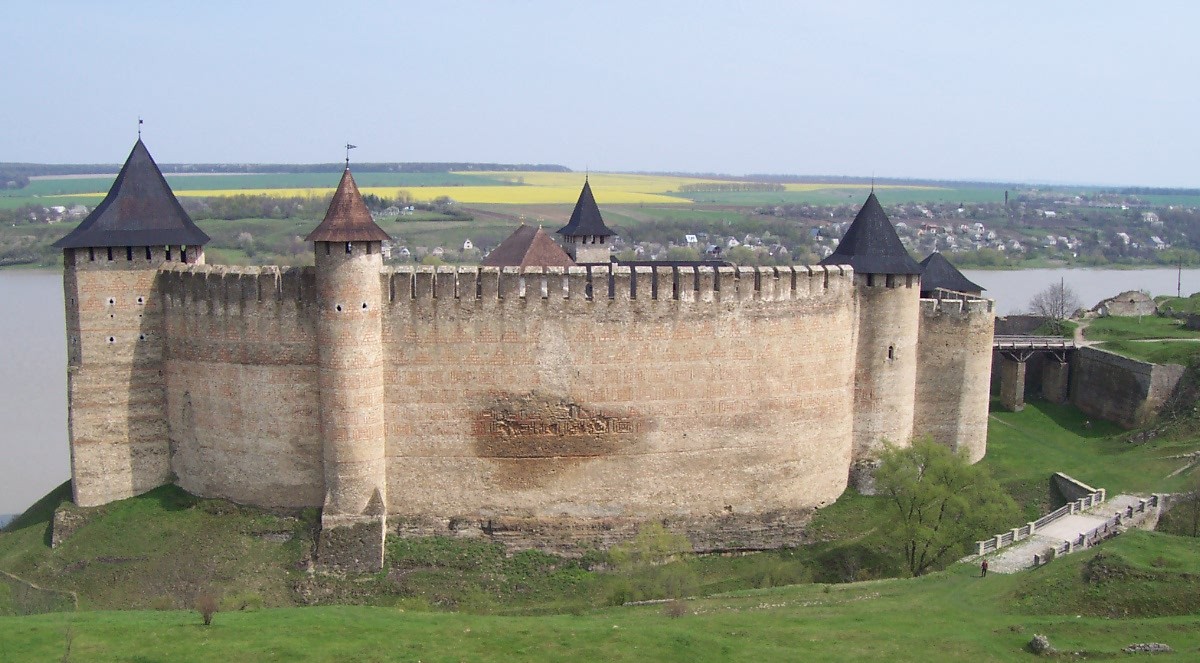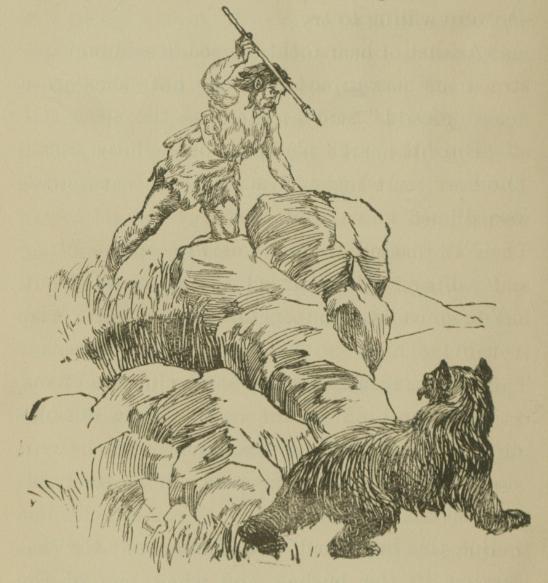|
Château De Larroque-Toirac
The Château de Larroque-Toirac is a mediaeval castle in the ''Communes of France, commune'' of Larroque-Toirac in the Lot (department), Lot ''Departments of France, département'' of France. Its origins go back to the 13th century and it was modified at various times up to the last quarter of the 17th century. Hanging from the side of a high cliff and dominating the village and the valley of the river Lot (river), Lot in an exceptionally defensive site, the castle, which was on several occasions taken by the English, has preserved its mediaeval defence system. Built as a fortified site in the 13th century, an ''enceinte'' was developed during the 14th. A new castle was built in the second half of the 15th century. Decoration from around 1515–1531 survives, as well as work carried out in the 17th century. The seigneurial residence, where the original kitchen remains, includes chimneys from the 15th century as well as frescos from the 16th century. The cliff behind the castle ... [...More Info...] [...Related Items...] OR: [Wikipedia] [Google] [Baidu] |
Castle
A castle is a type of fortification, fortified structure built during the Middle Ages predominantly by the nobility or royalty and by Military order (monastic society), military orders. Scholars usually consider a ''castle'' to be the private fortified house, fortified residence of a lord or noble. This is distinct from a mansion, palace, and villa, whose main purpose was exclusively for ''pleasance'' and are not primarily fortresses but may be fortified. Use of the term has varied over time and, sometimes, has also been applied to structures such as hill forts and 19th- and 20th-century homes built to resemble castles. Over the Middle Ages, when genuine castles were built, they took on a great many forms with many different features, although some, such as curtain wall (fortification), curtain walls, arrowslits, and portcullises, were commonplace. European-style castles originated in the 9th and 10th centuries after the fall of the Carolingian Empire, which resulted ... [...More Info...] [...Related Items...] OR: [Wikipedia] [Google] [Baidu] |
Communes Of France
A () is a level of administrative divisions of France, administrative division in the France, French Republic. French are analogous to civil townships and incorporated municipality, municipalities in Canada and the United States; ' in Germany; ' in Italy; ' in Spain; or civil parishes in the United Kingdom. are based on historical geographic communities or villages and are vested with significant powers to manage the populations and land of the geographic area covered. The are the fourth-level administrative divisions of France. vary widely in size and area, from large sprawling cities with millions of inhabitants like Paris, to small hamlet (place), hamlets with only a handful of inhabitants. typically are based on pre-existing villages and facilitate local governance. All have names, but not all named geographic areas or groups of people residing together are ( or ), the difference residing in the lack of administrative powers. Except for the Municipal arrondissem ... [...More Info...] [...Related Items...] OR: [Wikipedia] [Google] [Baidu] |
Larroque-Toirac
Larroque-Toirac (; Languedocien: ''La Ròca de Toirac'') is a commune in the Lot department in south-western France. Overlooked by a medieval castle, the village lies halfway between Figeac and Cajarc in the valley of the Lot. The castle (Château de Larroque-Toirac) was built in the 12th century and improved over the following 300 years. It is now a popular tourist attraction. See also *Communes of the Lot department The following is a list of the 312 communes of the Lot department of France France, officially the French Republic, is a country located primarily in Western Europe. Overseas France, Its overseas regions and territories include French Gu ... References External links Château de Larroque-Toirac Larroquetoirac {{Lot-geo-stub ... [...More Info...] [...Related Items...] OR: [Wikipedia] [Google] [Baidu] |
Lot (department)
Lot (; �l is a department in the Occitanie region of France. Named after the Lot River, it lies in the southwestern part of the country and had a population of 174,094 in 2019.Populations légales 2019: 46 Lot INSEE Its is Cahors; its subprefectures are and [...More Info...] [...Related Items...] OR: [Wikipedia] [Google] [Baidu] |
Departments Of France
In the administrative divisions of France, the department (, ) is one of the three levels of government under the national level ("territorial collectivity, territorial collectivities"), between the Regions of France, administrative regions and the Communes of France, communes. There are a total of 101 departments, consisting of ninety-six departments in metropolitan France, and five Overseas department and region, overseas departments, which are also classified as overseas regions. Departments are further subdivided into 333 Arrondissements of France, arrondissements and 2,054 Cantons of France, cantons (as of 2023). These last two levels of government have no political autonomy, instead serving as the administrative basis for the local organisation of police, fire departments, and, in certain cases, elections. Each department is administered by an elected body called a departmental council (France), departmental council ( , ). From 1800 to April 2015, these were called gene ... [...More Info...] [...Related Items...] OR: [Wikipedia] [Google] [Baidu] |
Lot (river)
The Lot (), originally the Olt (; ), is a river in France. It is a right-bank tributary of the Garonne. It rises in the Cévennes mountains, flowing west through Quercy, where it flows into the Garonne near Aiguillon, Lot-et-Garonne, Aiguillon, a total distance of . It gives its name to the ''départements'' of Lot (department), Lot and Lot-et-Garonne. The Lot is prone to flooding in the winter and spring, and has many dams in its upper catchment area, mainly on the Truyère, which produce hydroelectric power of strategic importance for the French national grid. Turbining can cause additional variations in flow throughout the 275 km of the river that has been extensively developed as an asset for tourism in the region. The major project to restore navigability of the river Lot was conceived by local stakeholders in Decazeville and Cahors in the 1970s. It meant restoring the many locks, and bypassing the medium-head dams built at five locations along the former waterway. Olt ... [...More Info...] [...Related Items...] OR: [Wikipedia] [Google] [Baidu] |
Enceinte
Enceinte (from Latin ''incinctus'' "girdled, surrounded") is a French term that refers to the "main defensive enclosure of a fortification". For a castle, this is the main defensive line of wall towers and curtain walls enclosing the position. For a settlement, it would refer to the main town wall with its associated gatehouses, towers, and walls. According to the 1911 ''Encyclopædia Britannica'', the term was strictly applied to the continuous line of bastions and curtain walls forming "the body of the place", this last expression being often used as synonymous with ''enceinte''. However, the outworks or defensive wall close to the enceinte were not considered as forming part of it. In early 20th-century fortification, the enceinte was usually simply the ''innermost'' continuous line of fortifications. In architecture, generally, an enceinte is the close or precinct of a cathedral, abbey, castle, etc. This definition of the term differs from the more common use of ''en ... [...More Info...] [...Related Items...] OR: [Wikipedia] [Google] [Baidu] |
Caveman
The caveman is a stock character representative of primitive humans in the Paleolithic. The popularization of the type dates to the early 20th century, when Neanderthals were influentially described as " simian" or " ape-like" by Marcellin Boule and Arthur Keith. The term "caveman" has its taxonomic equivalent in the now-obsolete binomial classification of '' Homo troglodytes'' (Linnaeus, 1758). Characteristics Cavemen are typically portrayed as wearing shaggy animal hides, and capable of cave painting like behaviorally modern humans of the last glacial period. They are often shown armed with rocks, cattle bone clubs, spears, or sticks with rocks tied to them, and are portrayed as unintelligent, easily frightened, and aggressive. Typically, they have a low pitched rough voice and make vocalizations such as "ooga-booga" and grunts or speak using simple phrases. Popular culture also frequently represents cavemen as living with, or alongside of, dinosaurs, even though n ... [...More Info...] [...Related Items...] OR: [Wikipedia] [Google] [Baidu] |
French Ministry Of Culture
The Ministry of Culture () is the ministry (government department), ministry of the Government of France in charge of List of museums in France, national museums and the . Its goal is to maintain the French identity through the promotion and protection of the arts (visual, plastic, theatrical, musical, dance, architectural, literary, televisual and cinematographic) on national soil and abroad. Its budget is mainly dedicated to the management of the (six national sites and hundred decentralised storage facilities) and the regional (culture centres). Its main office is in the in the 1st arrondissement of Paris on the . It is headed by the Minister of Culture, a cabinet member. The current officeholder has been Rachida Dati since 11 January 2024. History Deriving from the Italian Renaissance, Italian and Duchy of Burgundy, Burgundian courts of the Renaissance, the notion that the state had a key role to play in the sponsoring of artistic production and that the arts were linke ... [...More Info...] [...Related Items...] OR: [Wikipedia] [Google] [Baidu] |
Monument Historique
() is a designation given to some national heritage sites in France. It may also refer to the state procedure in France by which national heritage protection is extended to a building, a specific part of a building, a collection of buildings, a garden, a bridge, or other structure, because of their importance to France's architectural and historical cultural heritage. Both public and privately owned structures may be listed in this way, as well as movable objects. there were 44,236 monuments listed. The term "classification" is reserved for designation performed by the French Ministry of Culture for a monument of national-level significance. Monuments of lesser significance may be "inscribed" by various regional entities. Buildings may be given the classification (or inscription) for either their exteriors or interiors. A monument's designation could be for a building's décor, its furniture, a single room, or even a staircase. An example is the classification of the déco ... [...More Info...] [...Related Items...] OR: [Wikipedia] [Google] [Baidu] |
List Of Castles In France
This is a list of castles in France, arranged by Regions of France, region and Departments of France, department. ;Notes: # The French word ''château'' has a wider meaning than the English ''castle'': it includes architectural entities that are properly called palaces, mansions or vineyards in English. This list focuses primarily on architectural entities that may be properly termed ''castle'' or ''fortress'' (), and excludes entities not built around a substantial older castle that is still evident. # Occasionally, where there is not a specific article on a castle, links are given to another article that includes details, typically an article on a town. # ''Italics'' indicate links to articles in the :fr:Main Page, French Wikipedia. # If no article appears in either English or French Wikipedias, a link is given to an external website. # The number in parentheses after the name of each department indicates the department number used for administrative purposes. # The number of cast ... [...More Info...] [...Related Items...] OR: [Wikipedia] [Google] [Baidu] |









